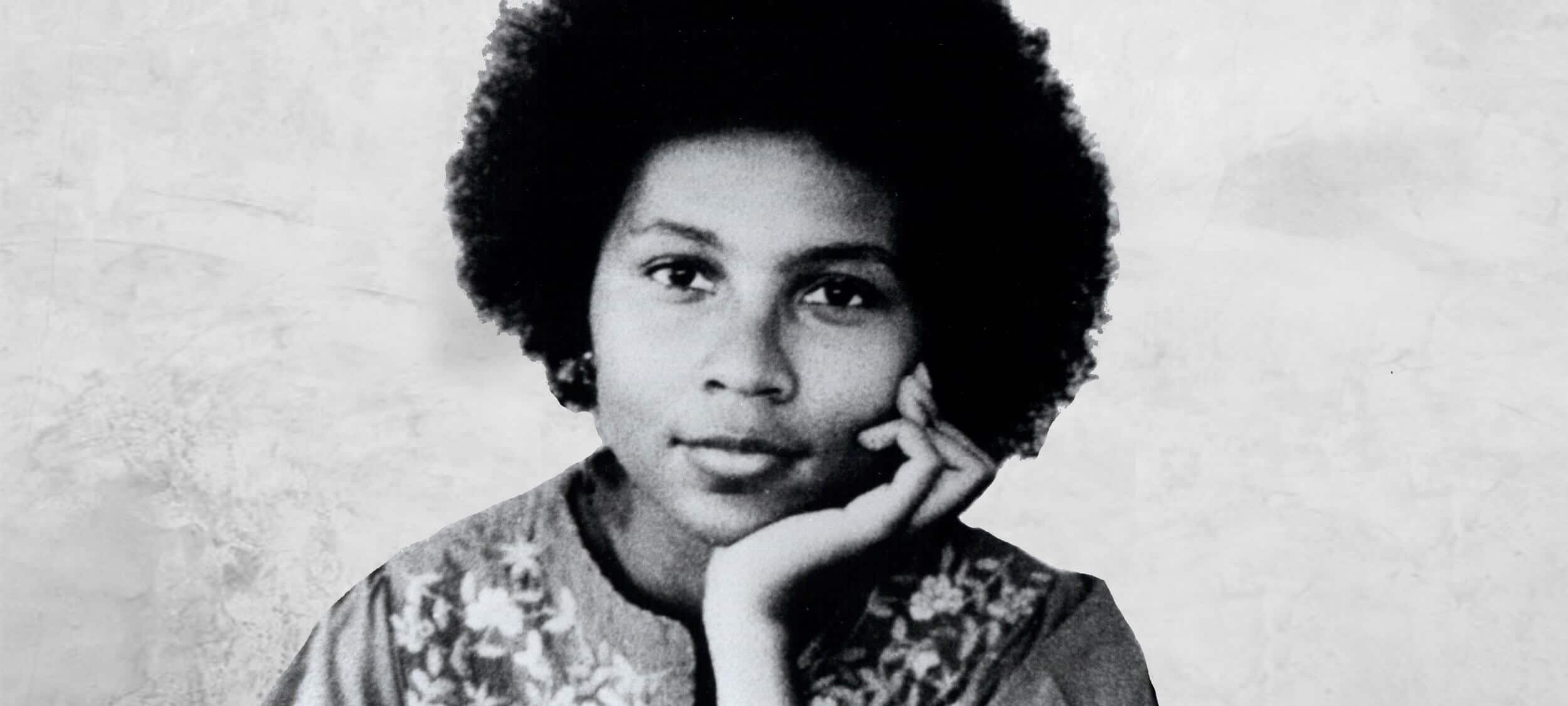
Flushed cheeks, lowered gaze and an interminable voice in your head criticising your very being.
Imagine you’re invited to two different events by different friends. You decide to go to one over the other, but instead of telling your friend the truth, you pretend you’re sick. At first, you might be struck with a bit of guilt for lying to your friend. Then, afterwards, they see photos of you from the other event and confront you about it.
In situations like this, something other than guilt might creep in. You might start to think it’s more than just a mistake; that this lie is a symptom of a larger problem: that you’re a bad, disrespectful person who doesn’t deserve to be invited to these things in the first place. This is the moral emotion of shame.
Guilt says, “I did something bad”, while shame whispers, “I am bad”.
Shame is a complicated emotion. It’s most often characterised by feelings of inadequacy, humiliation and self-consciousness in relation to ourselves, others or social and cultural standards, sometimes resulting in a sense of exposure or vulnerability, although many philosophers disagree about which of these are necessary aspects of shame.
One approach to understanding shame is through the lens of self-evaluation, which says that shame arises from a discrepancy between self-perception and societal norms or personal standards. According to this view, shame emerges when we perceive ourselves as falling short of our own expectations or the expectations of others – though it’s unclear to what extent internal expectations can be separated from social expectations or the process of socialisation.
Other approaches lean more heavily on our appraisal of social expectations and our perception of how we are viewed by others, even imaginary others. These approaches focus on the arguably unavoidably interpersonal nature of shame, viewing it as a response to social rejection or disapproval.
This social aspect is such a strong part of shame that it can persist even when we’re alone. One way to exemplify this is to draw similarity between shame and embarrassment. Imagine you’re on an empty street and you trip over, sprawling onto the path. If you’re not immediately overcome with annoyance or rage, you’ll probably be embarrassed.
But there’s no one around to see you, so why?
Similarly, taking the example we began with, imagine instead that no one ever found out that you lied about being sick. It’s possible you might still feel ashamed.
In both of these cases, you’re usually reacting to an imagined audience – you might be momentarily imagining what it would feel like if someone had witnessed what you did, or you might have a moment of viewing yourself from the outside, a second of heightened self-awareness.
Many philosophers who take this social position also see shame as a means of social control – notably among them is Martha Nussbaum, known for her academic career highlighting the importance of emotions in philosophy and life.
Nussbaum argues that shame is very often ‘normatively distorted’, in that because shame is reactive to social norms, we often end up internalising societal prejudices or unjust beliefs, leading to a sense of shame about ourselves that should not be a source of shame. For example, people often feel ashamed of their race, gender, sexual orientation, or disability due to societal stigma and discrimination.
Where shame can go wrong
The idea of shame as a prohibitive and often unjust feeling is a sentiment shared by many who work with domestic violence and sexual assault survivors, who note that this distortive nature of shame is what prevents many women from coming forward with a report.
Even in cases where shame seems to be an appropriate response, it often still causes damage. At the Festival of Dangerous Ideas session in 2022, World Without Rape, panellist and journalist Jess Hill described an advertisement she once saw:
“…a group of male friends call out their mate who was talking to his wife aggressively on the phone. The way in which they called him out came from a place of shame, and then the men went back to having their beers like nothing happened.” Hill encourages us to think: where will the man in the ad take his shame with him at the end of the night? It will likely go home with him, perpetuating a cycle of violence.
Likewise, co-panellist and historian Joanna Bourke noted something similar: “rapists have extremely high levels of abuse and drug addictions because they actually do feel shame”. Neither of these situations seem ‘normatively distorted’ in Nussbaum’s sense, and yet they still seem to go wrong. Bourke and other panellists suggested that what is happening here is not necessarily a failing of shame, but a failing of the social processes surrounding it.
Shame opens us to vulnerability, but to sit with vulnerability and reflect requires us to be open to very difficult conversations.
If the social framework for these conversations isn’t set up, we end up with unjust shame or just shame that, unsupported, still manifests itself ultimately in further destruction.
However, this nuance is far from intuitive. While people are saddened by the idea of victims feeling shame, they often feel righteous in their assertions that perpetrators of crimes or transgressors of socials norms should feel shame, and that their lack of shame is something that causes the shameful behaviour in the first place.
Shame certainly has potential to be a force for good if it reminds us of moral standards, or in trying to avoid it we are motivated to abide by moral standards, but it’s important to retain a level of awareness that shame alone is often not enough to define and maintain the ethical playing field.

BY The Ethics Centre
The Ethics Centre is a not-for-profit organisation developing innovative programs, services and experiences, designed to bring ethics to the centre of professional and personal life.
Ethics in your inbox.
Get the latest inspiration, intelligence, events & more.
By signing up you agree to our privacy policy
You might be interested in…
Big thinker
Relationships
Big Thinker: bell hooks
Opinion + Analysis
Business + Leadership, Health + Wellbeing, Relationships
Office flings and firings
Opinion + Analysis
Relationships
The ANZAC day lie
Opinion + Analysis
Society + Culture




